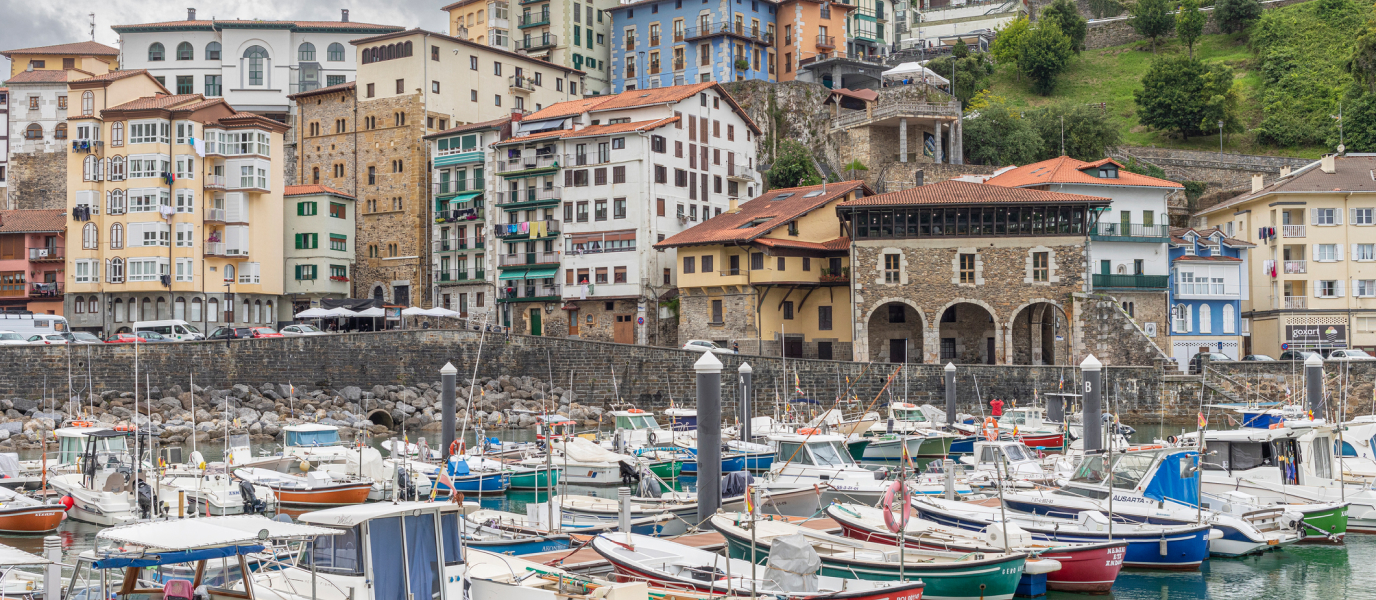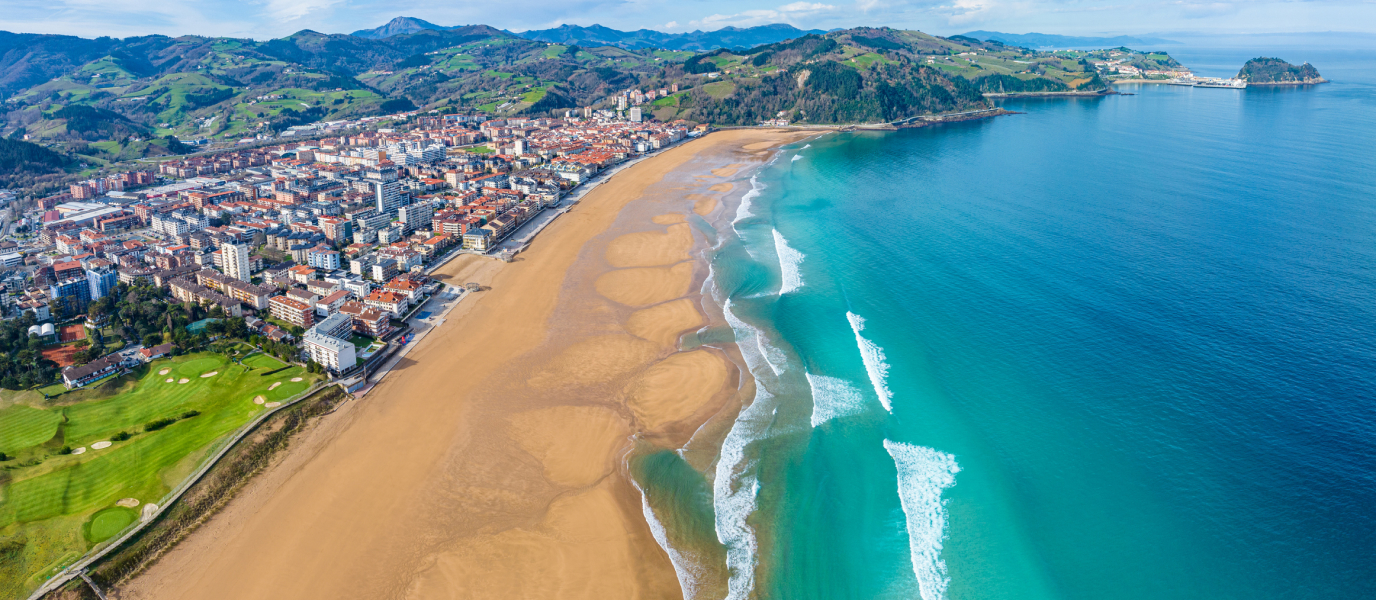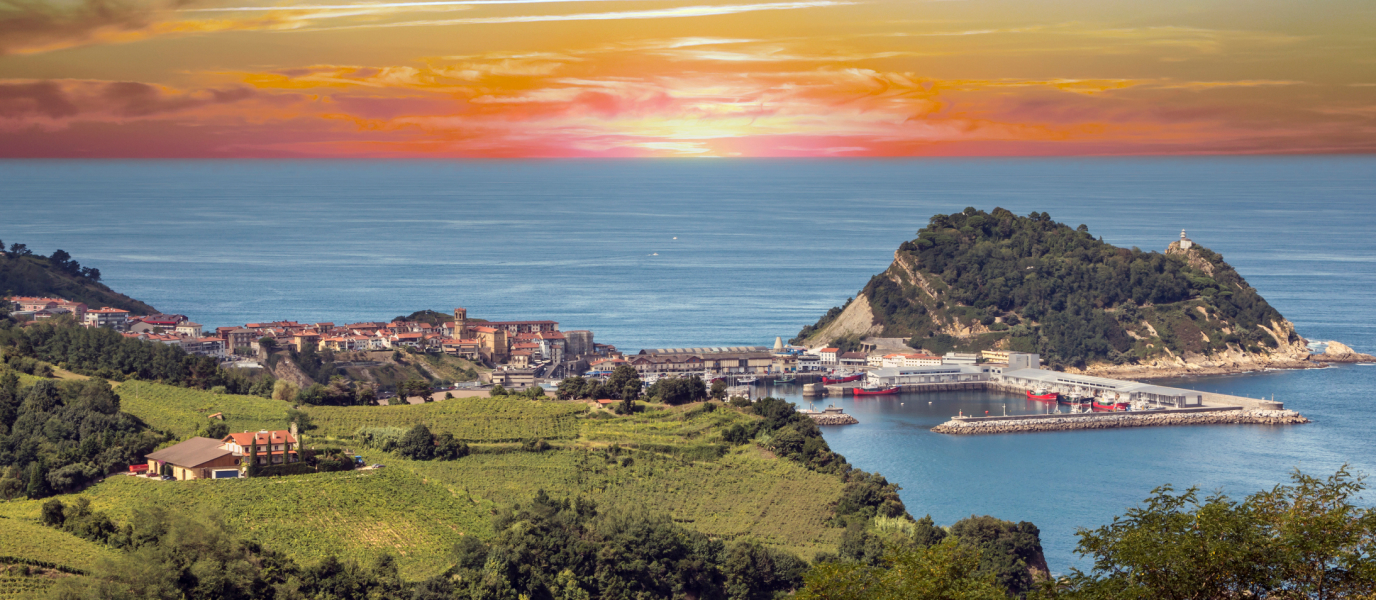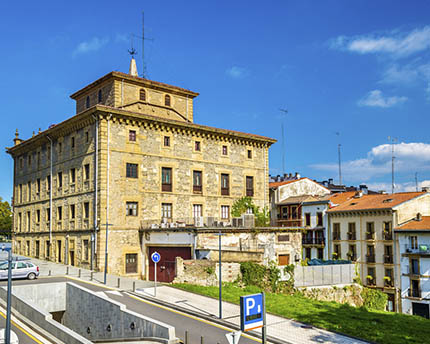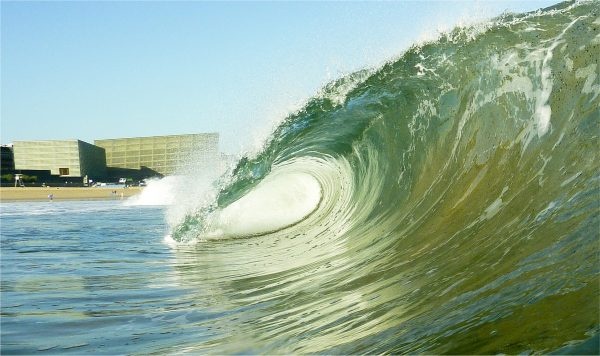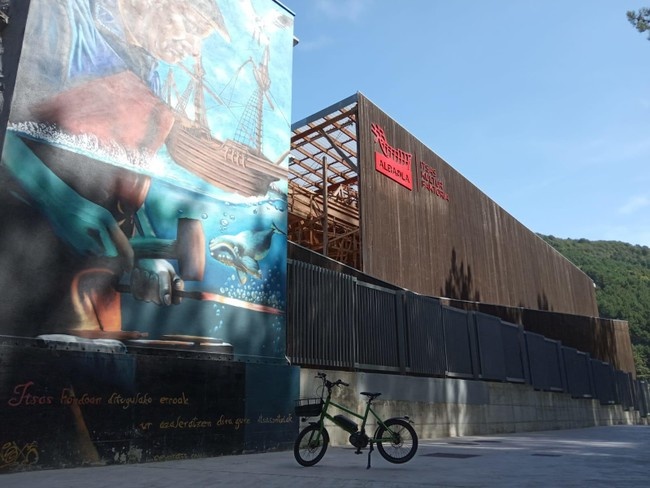Located on the slopes of Mount Arno, the picturesque municipality of Mutriku is the westernmost fishing village on the Gipuzcoan coastline. Founded in the early 13th century, its medieval layout and parts of its ancient walls remain to this day. Its old town, declared a Conjunto Monumental (‘Monumental Site’, in English) in 1995, is characterised by its steep, narrow streets. Here, visitors can discover beautiful palaces and mansions that were built between the 15th and 17th centuries. Above all, the town is known as the birthplace of several eminent seafarers, including Antonio Gaztañeta and Cosme Damián Churruca.
Mutriku’s main square, which is presided over by a statue of Damián Churruca—a hero of the Battle of Trafalgar, fought against the British—is surrounded by some of the town’s most attractive buildings. These include the Iglesia de la Asunción Church; the Mutriku Town Hall; the Galdona, Zabiel and Montalibet palaces; and the houses of the Gaztañeta and Olazarra families.
Formerly known as Motrico, Mutriku is also highly regarded for its stunning natural surroundings. Its Laranga and Galdona neighbourhoods offer spectacular views of the mountain and sea, while its Astigarribia neighbourhood is home to the 11th-century Iglesia de San Andrés, believed to be the oldest church in Gipuzcoa. The Olatz neighbourhood, meanwhile, is known for its caves.
History of Mutriku
Mutriku was founded in 1209 by Alfonso VIII of Castile, who granted it a town charter and gave permission for a town wall to be erected. Aristocratic families built huge palaces and mansions around the medieval town centre. Sadly, many of these were destroyed in 1553 when a fire ripped through much of the municipality. Every year, departing from Mutriku and other locations on the Basque coastline, ships set sail for Newfoundland (Canada) in search of whale and cod.
In the 19th century, Mutriku underwent an urban redevelopment in which a square was built at either end of the old town. One square was built close to the old church, while the other was built close to the newer, neoclassic church. This second square is home to the aforementioned statue of Damián Churruca, which was carved out of Carrara marble in 1865.
Mutriku’s old town
We highly recommend exploring Mutriku’s old town at your own pace. Admire its narrow, cobbled streets and beautiful sights as you pass by a series of impressive palaces, mansions and stately residences. Mutriku’s town centre is home to several remarkable buildings. Examples include the Galdona Palace, with its 17th-century ashlar façade; the Nuestra Señora de la Asunción Church, which is a clear example of neoclassical Gipuzcoan architecture; the Zabiel Palace, which now houses the Casa de Cultura; the Berriatua Mansion, which is one of the few buildings to survive the fire of 1543; and the Vieja Lonja market, the headquarters of Mutriku’s first guild.
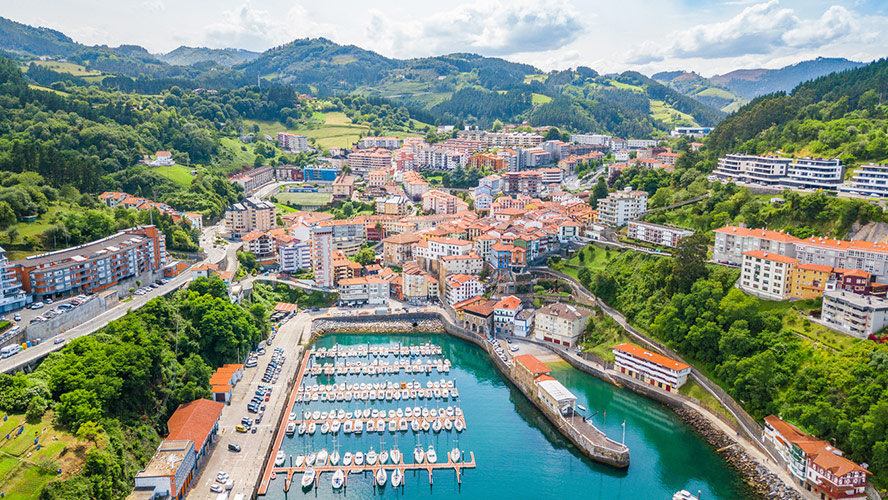
Mutriku port
Mutriku’s port is one of the oldest on the Gipuzcoan coastline. Built in a natural bay between the Alcolea and Burumendi cliffs, it was the main port of refuge in the area due to the protection it offered against storms and tidal waves. Mutriku has a long history of whale fishing. Even today, many of its residents engage in this activity and its related industries. Since fishing and seafaring have been two of Mutriku’s main economic drivers, its port has been hugely influential over the course of the town’s history.
In 2014, a marina was created within the old port with 301 moorings for boats with a maximum length of 14 metres and a maximum draught of 3 metres.
The Berdel Eguna seafaring festival, held on the first Saturday in April, promotes mackerel and the various ways of preparing this delicious blue fish.
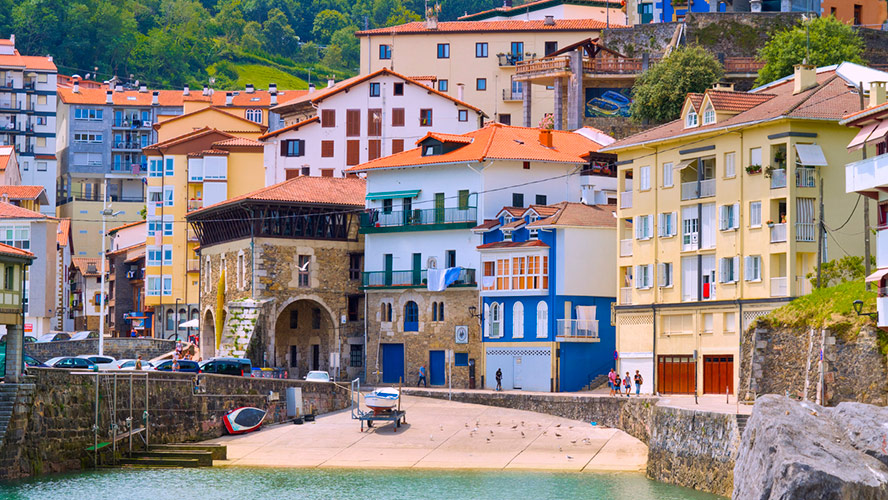
Natural pools
Mutriku is home to the only natural seawater pools on the Gipuzcoan coastline. There are two Olympic-sized pools that fill with seawater thanks to the movement of the tides. These pools are popular with swimmers and those who want to enjoy a pleasant dip close to the sea. When the tide rises, the water in the pool is replenished; when it falls, a wall prevents all the water from leaving. These open-air pools are totally free to access. Besides the changing rooms, showers and toilets, there is also a car park. In summer, there is also a bar.
Mutriku’s beaches
Mutriku is located on one of the most beautiful stretches of the Basque coastline. At low tide, we recommend strolling through the area known as “Siete Playas” (‘Seven Beaches’, in English), which stretches from Mutriku port to the Playa de Saturrarán beach on the border with Biscay. These unspoiled beaches are flanked on one side by a series of impressive cliffs.
Mutriku’s main beach is the one next to the port, where you can find the aforementioned natural pools and a wide range of services. The Tercera Playa in Burumendi is perfect for lovers of diving, sports fishing and those looking for peace and quiet. The Playa de Saturrarán is one of the most unspoiled beaches on on the Gipuzcoan coastline. The 18th-century Saturraran Zahar mansion, the only seaside farmhouse in the province, is located on the edge of this beach. The steep and rocky Playa de Alcolea is particularly popular with surfers, since it offers optimal conditions for this popular sport. Finally, the 120-metre Playa de Ondarbeltz—characterised by its fine, dark sands—is a great place to try your hand at windsurfing, canoeing, sports fishing or volleyball.




































































